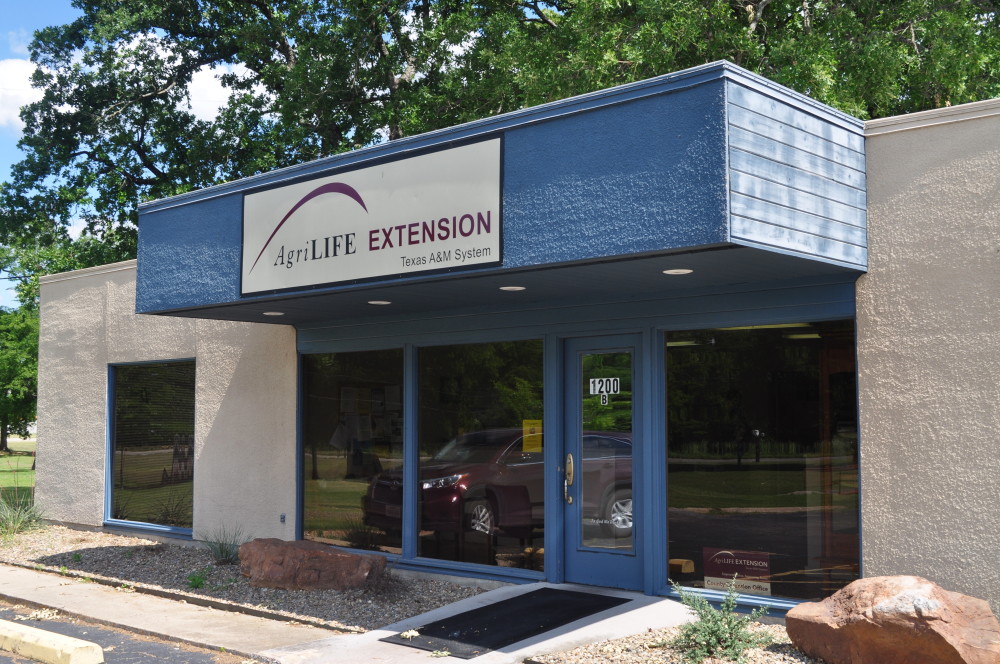
Recently, phone calls reached the Hopkins County Extension Office related to lawns infestations with burweed. According to Dr. Shackelford, Texas A&M AgriLife Extension in Austin, nothing designates spring’s arrival like walking barefoot on a lawn of lush, green grass. This pleasant experience can often turn into a painful, sticky situation with the presence of lawn burweed.
Other names for this weed are spurweed and stinging grass. Lawn burweed (Soliva sessilis) is a winter annual that germinates throughout thin turf in the fall months as temperatures cool. It remains small and inconspicuous during the cold winter months.
However, as temperatures warm in the early spring, lawn burweed initiates a period of rapid growth and begins to form spine-tipped burs in the leaf axils. The seed is contained within the hooked bur. Lawn burweed is a low-growing, freely branched winter annual. It has opposite, sparsely hairy leaves that are twice divided into narrow segments or lobes.
Maintain a healthy, dense lawn by fertilizing and liming according to soil test results and mowing at the proper height and frequency for your specific turfgrass. Healthy lawn grasses can out compete burweed for light, water and nutrients and reduce the level of infestation.
The key factor to effectively controlling lawn burweed is to apply a post-emergence herbicide during the winter months of December, January and February. The weed is smaller and easier to control during this time of year and has not yet developed the spine-tipped burs.
Control is not impossible in March, April, and May, but the spines have already formed by this time and will remain after the weed dies. Because lawn burweed is a winter annual, it will begin to die in late spring as air temperatures reach 90 °F. Once the weed has reached a more mature state, multiple herbicide applications may be necessary which increases the potential for turfgrass injury. Dead or alive, lawn burweed poses a painful problem. The only solution to this is early identification and control.
For more information on this or any other agricultural topic please contact the Hopkins County Extension Office at 903-885-3443 or email me at [email protected].






